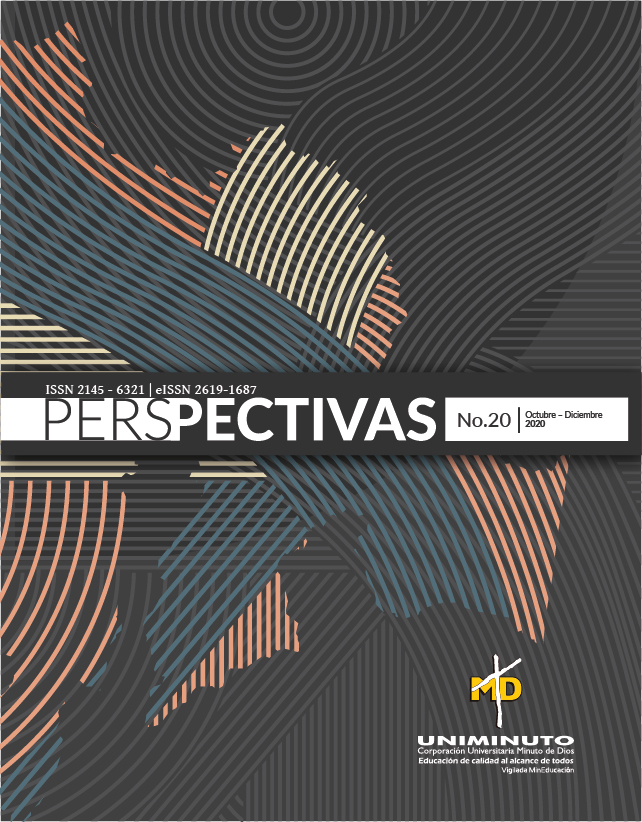The role of intellectual capital in higher education institutions as a contribution in knowledge management contribuciones para la gestión del conocimiento
Main Article Content
Abstract
This is an exploratory/descriptive research with a pro-positive scope to determine the intellectual capital existing in the IES CINOC, through the application of a battery of indicators that allowed to measure its different components: human capital, structural capital, and relational capital; instrument applied for the years 2016, 2017 and 2018. The most important competitive advantage of IES CINOC is its human capital; as it has employees with extensive work history, stability, and career growth opportunities. Its structural capital presents a positive situation in organizational processes and infrastructure to meet current needs but requires continuous improvement and strengthening of Research. Development and Innovation (R&D&I); to respond to future needs. For its part, relational capital is characterized by the good relations that the institution has with its stakeholders, being very important to improve in the processes of formalization of alliances, agreements, and institutional visibility. Conclusion. IESCINOC as a knowledge company should establish an appropriate knowledge management strategy based on the use and potentization of the resources and capacities it has, which were identified in this research
References
Cernas Ortíz , D. A., & Mercado Salgado, P. (2012). El capital intelectual en las organizaciones: una agenda de investigación. México: Universidad Autonoma de México.
Euroforum Escorial I.U. (1998). Medición del Capital Intelectual. Modelo Intelect. Madrid: Medición del Capital Intelectual. Modelo Intelect.
Zuluaga López, C. M., Hurtado Cano, D., (2019). Capital intelectual intelectual de la institucion de Educacion Superior IES CINOC: Contrubuciones para la gestion del conocimiento. Manizales: Universidad Autonoma de Manizales. Obtenido de http://repositorio.autonoma.edu.co/jspui/handle/11182/841
Naranjo Herrera, C. G., Rubio Jaramillo, J., Salazar Mesa, L., Robledo Martínez, A., & Duque Trujillo, J. (2013). Indicadores de Capital Intelectual. Memorias, 11(19), 39-51. Obtenido de file:///E:/INFORMACION/Downloads/108-219-1-SM.pdf
OCDE. (2009). Reviews of Innovation Policy: Mexico. Obtenido de http://www.oecd.org/sti/inno/oecdreviewsofinnovationpolicymexico.htm
OEA, O. d. (6 de 06 de 2006). Declaracion de Santo Domingo:Gobernabilidad y Desarrollo en la Saociedad del Conocimiento. Obtenido de https://www.oas.org/docs/declarations/AG-DEC-46-Dec-de-Santo-Domingo-SPA.pdf
Osorio Nuñez, M. (Nov - Dic de 2003). El capital intelectual en la gestion del conocimiento. ACIMED, 11(6). Recuperado el 9 de 2016, de http://scielo.sld.cu/scielo.php?script=sci_arttext&pid=S1024-94352003000600008
Rodríguez Díaz, M. T., & González Millán, J. J. (2013). Gestión del Conocimiento y Capital Intelectual, a través de modelos universitarios. Economicas CUC, 34(1), 85-116. Recuperado el 18 de Octubre de 2016
Schwab, K. (2016). La cuarta revolucion Industrial. Barcelona: Debate. Senado de la Republica de Colombia. (23 de Enero de 2009). LEY 1286 de 2009 . Ley Nacional de Cienta y Tecnologia. Bogotá D.C, Colombia.


